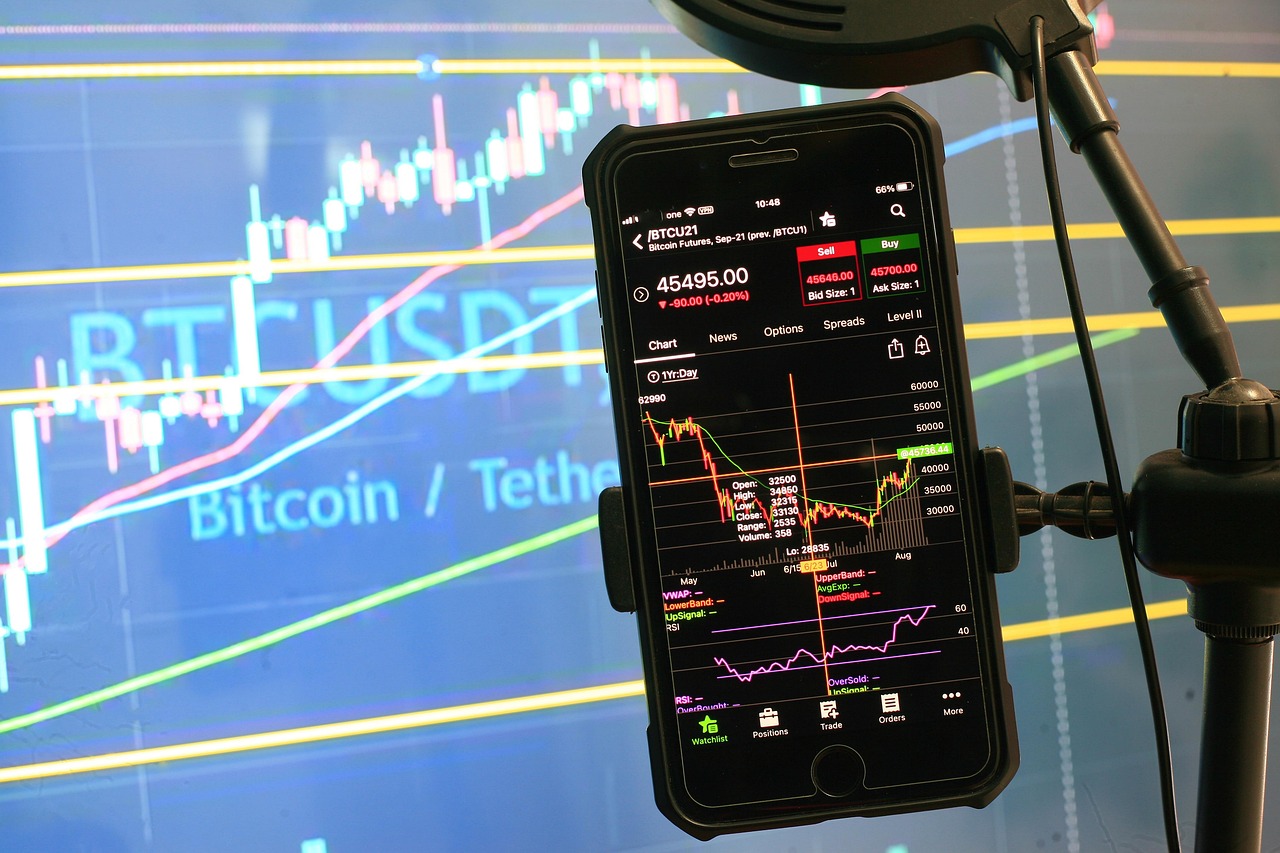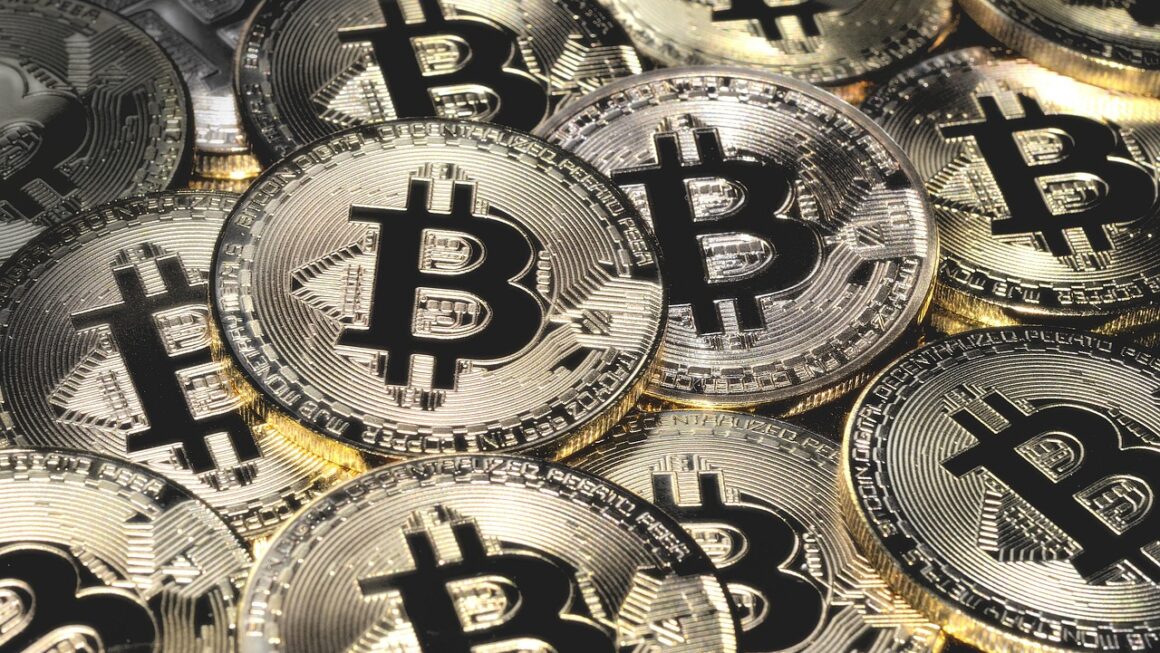Binance has revolutionized the cryptocurrency landscape, evolving from a simple exchange to a comprehensive blockchain ecosystem. Whether you’re a seasoned trader or just starting your crypto journey, understanding Binance is crucial. This guide delves into the platform’s features, services, and potential benefits, providing a complete overview for navigating this complex world.
What is Binance?
Binance: A Brief Overview
Binance is one of the world’s leading cryptocurrency exchanges, known for its wide selection of cryptocurrencies, low fees, and innovative features. Founded in 2017 by Changpeng Zhao (CZ), Binance quickly rose to prominence, becoming a dominant force in the digital asset space. It offers various services, including spot trading, futures trading, staking, crypto lending, and more.
The Binance Ecosystem
Binance is more than just an exchange; it’s a vast ecosystem encompassing several components:
- Binance Exchange: The core platform for buying, selling, and trading cryptocurrencies.
- Binance Chain & BNB Smart Chain (BSC): Binance’s own blockchain networks, supporting decentralized applications (dApps) and token creation. BSC is EVM-compatible, meaning it can run applications designed for Ethereum.
- Binance Academy: A resource hub offering free educational content on blockchain and cryptocurrencies.
- Binance Launchpad: A platform for launching new crypto projects and token sales.
- Binance NFT Marketplace: A platform for buying, selling, and creating Non-Fungible Tokens (NFTs).
- Binance Pay: A cryptocurrency payment system.
Key Statistics About Binance
- Binance regularly processes billions of dollars in trading volume daily.
- It supports hundreds of different cryptocurrencies.
- Millions of users worldwide utilize the Binance platform.
- BNB, the Binance Coin, consistently ranks among the top cryptocurrencies by market capitalization.
Getting Started with Binance
Account Creation and Verification
To begin using Binance, you’ll need to create an account and complete the necessary verification steps. This typically involves:
- Providing an email address and creating a strong password.
- Completing KYC (Know Your Customer) verification, which requires submitting personal information and identity documents (e.g., passport, driver’s license).
- Enabling two-factor authentication (2FA) for enhanced security using Google Authenticator or SMS authentication.
- Example: After signing up, you’ll receive a verification email. Once verified, you’ll be prompted to complete KYC verification. This usually takes a few minutes to a few hours to complete, depending on the volume of applications.
Funding Your Binance Account
Once your account is verified, you can deposit funds to start trading. Binance supports various funding methods:
- Cryptocurrency deposits: You can transfer existing cryptocurrencies from other wallets or exchanges to your Binance wallet addresses.
Example: To deposit Bitcoin (BTC), navigate to your Binance wallet, select BTC, and copy the deposit address. Then, send BTC from your external wallet to that address.
- Fiat deposits: Depending on your region, you can deposit fiat currencies (e.g., USD, EUR, GBP) using bank transfers, credit/debit cards, or other payment methods.
Example: To deposit USD via bank transfer, you’ll need to link your bank account to your Binance account and follow the instructions provided. Be aware of any associated fees.
Navigating the Binance Interface
The Binance interface can seem overwhelming at first, but it becomes more intuitive with practice. Key areas to familiarize yourself with include:
- The trading view: This section displays real-time price charts, order books, and trading tools.
- The wallet: This is where you manage your cryptocurrency holdings, deposit, and withdraw funds.
- The navigation bar: Provides access to various features like trading, staking, finance, and more.
Trading on Binance
Spot Trading
Spot trading is the most basic type of trading on Binance, allowing you to buy and sell cryptocurrencies at the current market price.
- How it works: You place buy or sell orders for a specific cryptocurrency pair (e.g., BTC/USDT). When your order is matched with a corresponding order, the trade is executed.
- Order types:
Market order: Executes immediately at the best available price.
Limit order: Allows you to set a specific price at which you want to buy or sell. The order will only be executed if the market reaches that price.
Stop-limit order: Combines a stop price (trigger) with a limit price. When the market price reaches the stop price, a limit order is placed at the specified limit price.
- Example: You want to buy 0.1 BTC using USDT. You can place a market order for 0.1 BTC, which will be executed immediately at the current market price. Alternatively, you can place a limit order to buy 0.1 BTC at a specific price lower than the current market price, hoping that the price will drop to that level.
Futures Trading
Futures trading allows you to trade cryptocurrencies with leverage, potentially amplifying your profits (but also your losses).
- Leverage: Allows you to control a larger position with a smaller amount of capital.
Example: With 10x leverage, you can control a $10,000 position with only $1,000 in your account.
- Risk management: Futures trading is highly risky and requires careful risk management. Use stop-loss orders and manage your leverage responsibly.
- Contract types: Binance offers various futures contracts, including perpetual contracts and quarterly contracts.
- Warning: Futures trading is not suitable for beginners. It’s essential to understand the risks involved before trading futures.
Margin Trading
Margin trading is similar to futures trading, as it allows you to borrow funds to increase your trading power.
- Borrowing: You borrow funds from Binance to trade with a larger capital base.
- Collateral: You must provide collateral to secure the borrowed funds.
- Interest: You’ll pay interest on the borrowed funds.
- Risk Management: Like futures trading, margin trading involves significant risk. Use stop-loss orders and manage your risk carefully.
Binance Services and Features
Binance Earn
Binance Earn allows you to earn passive income on your cryptocurrency holdings through various methods:
- Staking: Lock up your cryptocurrencies to support the network and earn rewards.
- Savings: Deposit your cryptocurrencies into flexible or locked savings accounts and earn interest.
- Launchpool: Stake BNB or other cryptocurrencies to earn rewards in newly launched tokens.
- Liquid Swap: Provide liquidity to trading pools and earn trading fees.
- Example: You can stake BNB to earn rewards and participate in governance. You can also deposit USDT into a flexible savings account to earn interest without locking up your funds.
Binance NFT Marketplace
The Binance NFT Marketplace is a platform for buying, selling, and creating NFTs.
- Create NFTs: Artists and creators can mint and sell their digital artwork as NFTs.
- Buy and sell NFTs: Users can browse and purchase NFTs from various collections.
- Mystery boxes: Binance occasionally offers mystery boxes containing random NFTs.
- Example: You can purchase an NFT artwork from a featured artist on the Binance NFT Marketplace. You can also create your own NFT artwork and list it for sale.
Binance Pay
Binance Pay is a cryptocurrency payment system that allows you to send and receive cryptocurrencies from other Binance users and merchants.
- Seamless transactions: Send and receive cryptocurrencies quickly and easily.
- Merchant integration: Merchants can integrate Binance Pay to accept cryptocurrency payments.
- Example: You can use Binance Pay to pay for goods and services from participating merchants or send cryptocurrency to a friend or family member who also uses Binance.
Security and Regulation
Security Measures on Binance
Binance employs various security measures to protect user funds and data:
- Two-factor authentication (2FA): Adds an extra layer of security to your account.
- Cold storage: Storing a significant portion of user funds offline in cold wallets.
- Anti-phishing code: Helps you identify legitimate Binance emails and websites.
- Address whitelisting: Allows you to specify trusted withdrawal addresses.
- Best Practices: Always enable 2FA, use a strong password, and be wary of phishing attempts. Regularly review your account activity and enable address whitelisting for enhanced security.
Regulatory Compliance
Binance has faced regulatory scrutiny in various jurisdictions. The exchange is actively working to comply with local regulations.
- Global compliance efforts: Binance is implementing KYC/AML (Know Your Customer/Anti-Money Laundering) procedures to comply with regulatory requirements.
- Regional variations: Binance’s services and features may vary depending on your location due to regulatory restrictions.
- Stay Informed:* Keep abreast of the regulatory landscape in your region and how it may affect your use of Binance.
Conclusion
Binance provides a comprehensive platform for accessing and trading cryptocurrencies. From its vast selection of coins and tokens to its innovative features like Binance Earn and the NFT Marketplace, Binance offers a diverse range of opportunities for crypto enthusiasts. By understanding the platform’s offerings, implementing robust security practices, and staying informed about regulatory developments, you can effectively navigate the Binance ecosystem and leverage its potential benefits. Always remember that cryptocurrency trading involves risks, and it’s essential to conduct thorough research and manage your risk carefully.
Read our previous article: Nanotech Textiles: Weaving A Sustainable Future, Thread By Thread




